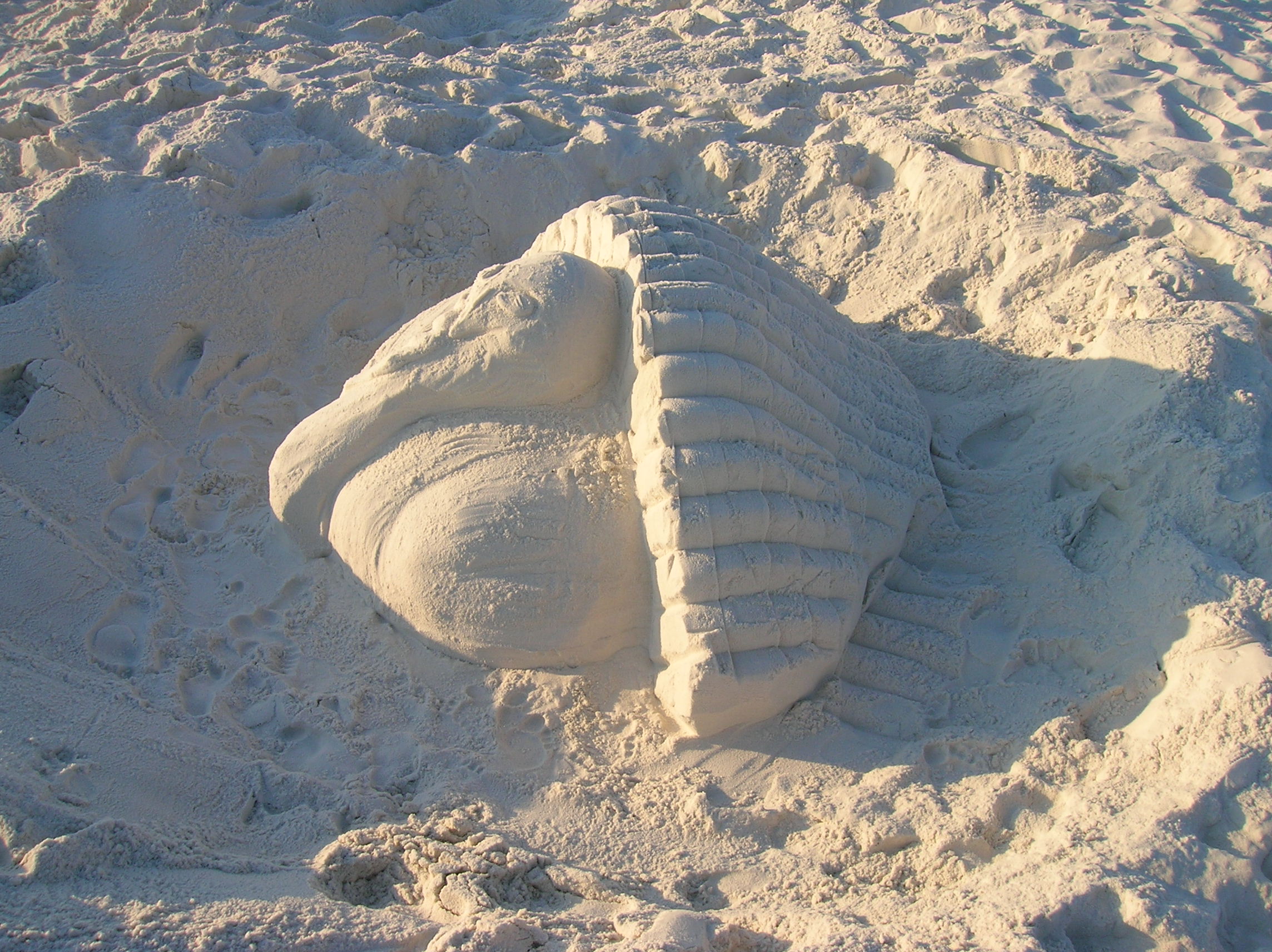My last installment in our Book Review Month turns back the clock and, hopefully, prompts you to question your assumptions.
As I was looking through my personal health/wellness library to select the final book(s), the heart disease and prevention books seemed appealing. Then, of course, all of the healthy aging books wagged their canes at me and said, "Talk about us." Next, the books on my strength training shelf tried to get my attention by flexing their binders. Alas, it was the whisper of the antiques that won the challenge. Why? So that you will challenge what you hear.
When you read or hear someone say "Three meals a day, no snacks," ask yourself "What is the history behind that?" When you are told "Calories in, calories out...that is all that counts" question it. Hopefully, you already wonder about the adage "No pain, no gain" for exercise.
These thoughts came from somewhere. Research is always changing or confirming what we know (or think we know). For example, in "Feeding the Family" by Mary Swartz Rose, a nutrition textbook from 1916, a diet of 1000 calories is advised for weight reduction. (This particular diet even included snacks, if you want to call a single water cracker and a glass of water a snack.) We now know the negative impact on metabolism of a diet that low in calories. Also, a diet of 3000 calories was advised for a woman wanting to gain weight. We also now know that hormones adjust, for a period of time, to more quickly burn off those "extra" calories. It is not as simple as what the new (in 1916) research equipment could measure. The body is complex. Fortunately, the textbook was past the "tapeworm diet phase" of the 1800's. There is wonderful information in "Feeding the Family," but by today's discoveries, 100 years later, it is not all accurate. (Yet, we still hear the echoes of "It is easy...the more calories you cut out and burn off, the faster you will lose weight.")
A 1922 book on exercise, "Individual Gymnastics" by Drew Kinzly, has fantastic information on posture, strength, corrective exercises for posture, and flexibility exercises. Almost all of the information is accurate even today. However, a few of the exercises demonstrated we now know are dangerous for the neck or other joints.
So, here's my challenge to you: Go to an antique store or a used bookstore that carries older books (printed in the early 1900's) and glance through books on health. You'll be surprised what has withstood the test of time and what hasn't. Of course, you will also get some walking in around the store, and that is always a good thing.
















